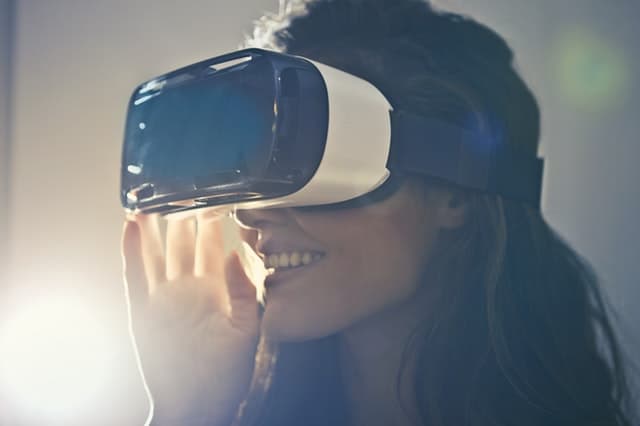The measures followed by the border control forces of a country or bloc of countries will allow the nations to regulate the movement of goods, animals and people. To help them perform their extremely important work effectively, border control forces are now getting to grips with some handy new pieces of technology…
How the Internet of Things is helping border control forces
What do you think when someone mentions the Internet of Things, or IoT as it’s also referred to? You may envision someone altering their home’s smart thermostat when sat at their office desk, or a person turning on a lightbulb using a smartphone app. However, global management consulting and professional services firm Accenture has acknowledged that custom agencies can also be using IoT to enhance their operations.
Germany’s Hamburg Port Authority has been used by Accenture as a case in point. This is due to the organisation utilising the technology to improve how they monitor cargo and track journeys. Data is collected by the authority from sensors which are embedded into bridges, containers, roadways and vehicles, and then analysed. Once the analysis is complete, the findings can be delivered to officers remotely, as well as fed into schedules and assisting road authorities to channel traffic in more effective manners.
The data that is gathered via IoT operations can also pick up examples of fraud and other crimes. Accenture notes: “For instance, IoT can check whether cargo actually moves along the declared routes or detect potential tampering by tracking unexpected temperature changes in containers.”
How drones & holographic printers are helping border control forces
While carrying out a report at the Tenth Annual Border Security Expo in San Antonio, Texas, Zebra Imaging and the firm’s $1 million holographic printers were referenced by VICE. According to the report, these machines were already being utilised at Border Control stations in El Paso, San Diego and Tucson — having initially been sold to the US military for use across Iraq and Afghanistan and producing some 14,000 images during missions throughout the Middle East.
A spokesperson at Zebra Imaging acknowledged that the technology works by a person or a drone taking an aerial photograph of the border that’s being investigated. That photo is then printed using the holographic printer, which can then be used to gain a better understanding of the landscape and to deploy effective missions if necessary.
“Holograms do not save lives and they do not stop bullets, but what they do is give people a cognitive idea of what’s going on around them physically,” noted Zebra Imaging’s Director of Government Relations, Rick Black. “We provide you that visual sense of presence — a hologram looks so natural, you think it’s a solid model. Your brain thinks it’s a full model even though you know intellectually it’s a light pad.”

Optimal training tools can also be utilised through the technology, Zebra Imaging’s spokesperson goes on to point out. This is because the immersive holographic images can function more effectively than either maps or models are able to. Mr Black underlined this point by showing a 3D image of some borderlands in Arizona at the San Antonio expo, complete with vivid mountains. “This provides a 360-degree full view,” Mr Black acknowledged. “It’s to give the agents a presence of where they are so if they’re doing a mission plan, for instance, when I point here you all know exactly where I’m pointing.”
How the D3S wearable RIID is helping border control forces
International technology group Kromek, which is a leading developer of high-performance radiation detection products that are based on cadmium zinc telluride, has created a pocket-sized wearable radiation detector — called the D3S wearable RIID. The device has already been deployed by the New Jersey Port Authority and followed the President of the United States on one of his trips to Europe.
According to claims, the gadget is more powerful than a standard RIID (short for a Radiation Isotope Identification Device). Furthermore, this piece of technology is designed to detect radiological threats such as radioactive contamination, dirty bombs, radiation at the scene of an accident or a terrorist attack, and the smuggling of radioactive substances.
It’s also important to take note that the D3S wearable RIID from Kromek is a hands-free and unobtrusive device. Simply turn the detector on and then launch the accompanying app on your smartphone and the gadget will continuously scan for radiation without anyone needing to see it in operation or potential suspects to get suspicious — any alert of radiation can be picked up by your phone either sending an announcement into your earbud or simply vibrating.
Kromek themselves add: “Armed with the D3S wearable RIID, you are a walking gamma and neutron detector, able to detect even shielded sources and identify the isotopes used.”



